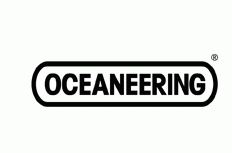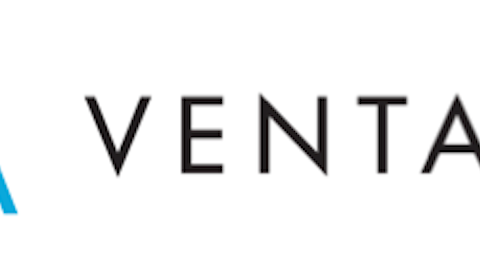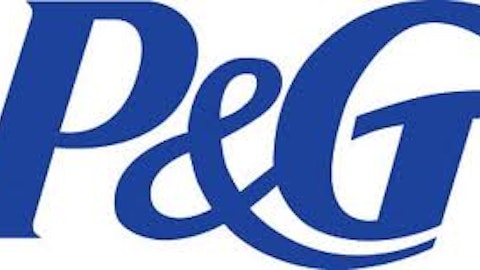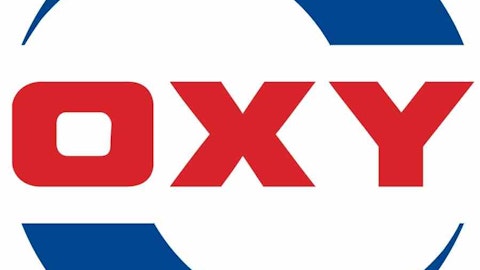With more and more new sources of oil and gas found tucked away under the ocean or in land rock formations, the companies that specialize in getting out those hard-to-reach deposits will prosper. Three in particular should benefit: Oceaneering International (NYSE:OII), Cameron International Corporation (NYSE:CAM) and Occidental Petroleum Corporation (NYSE:OXY).
In the near term, their success hinges on future prices of oil and gas. A slide in energy prices will make the high cost of drilling offshore or into shale formations less appealing and profitable. Since the easy recoverable oil is already found, it is more difficult to discover and extract the new sources.

Most experts see rising prices as Asia continues its relentless growth and Europe, currently a basket case of economic dysfunction, regains its balance. While in the Americas, the U.S. continues to slowly struggle its way to health, and South America, dominated by the growth and size of Brazil, strikes a similar pattern of economic recovery.
World oil and gas production is changing. The Middle East will continue to be very important, but a shift is taking place. The U.S. is relentlessly marching toward less reliance on foreign supplies of oil and is destined to be a net exporter of natural gas.
To achieve this goal, energy companies are exploiting their large shale formations where oil and gas is trapped inside rocks. With new techniques, these reserves are now economical to exploit, due to high oil prices. Additionally, Brazil’s discovery a few years ago of massive deepwater deposits are going to take a decade or more, and over $50 billion to develop.
Let’s look at the three companies with good odds of doing well getting deep-buried energy out:
Oceaneering International (NYSE:OII)
Oceaneering International is a $6.7 billion (market capitalization) provider of equipment that allows exploration companies to work far underwater. The company is a leader in remotely operated vehicles, which perform tasks at dangerous depths, and it furnishes thousands of miles of subsea umbilicals – hardy cables for power lines and digital signals. As oil companies such as Petrobras in Brazil exploit their offshore reserves, OII is well-poised for future growth.
Oceaneering is growing at a rapid clip of 25% or more in sales and revenue. Their operating margins remain steady at 23% to 24%, while sales dramatically climbed in recent years. Net margins mark a similar path of consistency at 10%. They consistently grow earnings per share year after year with estimates in 2012 of $2.64 and 2013 of $3.21.
These numbers come at a cost, translated into an elevated price/earnings ratio. With a recent stock price of $62, the P/E is 23 and, based on earnings estimates for 2013, its forward-looking multiple is 19. The dividend yield is not huge, but at 1.1% it has room to grow. At this point, the growth rate justifies higher ratios as long as nothing interrupts the upward trend in profits.
Cameron International Corporation (NYSE:CAM)
Cameron is one of the largest providers of equipment and services for onshore wells, but with a growing share of the offshore market, too. It has the dubious honor of making the Deepwater Horizon blowout preventer – a valve that is supposed to prevent perilous surges of oil and gas from a well – whose failure led to the 2010 oil spill. Transocean installed the ill-fated Cameron device on BP’s doomed Gulf of Mexico oil platform.
As a result of that disaster, Cameron puts paramount emphasis on safety. The company’s inspection business of the equipment they sell is rising fast.
Sales of onshore equipment are about 18% to 20% of revenue, whereas 32% come from the deepwater market. With sales growth rates in the 20% to 25% range, the company deserves a high P/E ratio in the low 20s. Its market value is around $16 billion. They also carry strong gross margins of 30%, but have a hard time carrying that down to net margins, which stand at 9%.
Occidental Petroleum Corporation (NYSE:OXY)
Occidental is one of the giants in the oil and gas production arena at a $71 billion market cap. They also specialize in enhanced oil recovery, pulling out hard-to-extract crude oil from wells, using water or gases. They primarily operate in the United States, Latin America and Middle East.
In 2012, Occidental began a cost-reduction campaign, resulting in a smaller rig count. However, oil production in the recent fourth quarter grew 4%, indicating that their growth efforts are starting to pay off.
More importantly, due to their enhanced oil recovery program and purchase of new wells, they increased their reserve replacement rate at a healthy 175%. This metric gauges the amount of oil reserves added to the company’s base, minus the amount of oil and gas their wells pump out. An energy producer needs at least 100% to stay in business, so OXY’s is a strong measure of long-term growth.
As a leader in enhanced oil recovery techniques in older wells, the company has done a good job buying wells with modest production declines and bringing the rates back up, extending their lives. Finally, Occidental has also entered the Bakken shale, acquiring 300,000 acres of the rock formation, which contains large amounts of oil, though they have not aggressively exploited the area as of yet. They are hoping for lower recovery costs in the future there. The Bakken deposits underlie parts of North Dakota, Montana and Saskatchewan.
Being a major player in the oil industry, they bring in over $6 billion a quarter in revenue. Occidental’s large size makes rapid sales growth difficult; it now registers in the low single digits. But gross margins are high, at 68%, and net margins at 28%.
When looking at Big Oil, dividends are important and OXY carries a 2.5% rate, higher than the industry average, according to Bloomberg. The company’s P/E ratio at 15 is somewhat elevated compared to some of its peers in the industry. That may be due to the high margins and the belief in their continued improvement as the company focuses on cost cutting and growth initiatives. Occidental also stepped up a stock repurchase plan, in 2012 buying back 5 million shares at an average cost of $76.15.
All these companies have a common denominator and that is the price of oil. Where do energy companies stand, as oil prices go up or down? The direction of global economic growth will always be the best guide to answer this tough question.
Steve Peasley is president of KPP Financial Inc. in Dana Point, Calif. The firms’ clients hold positions in Oceaneering International (OII).
The article 3 Stocks Riding the Hard-to-Reach-Oil Boom originally appeared on Fool.com and is written by Steve Peasley.
Copyright © 1995 – 2013 The Motley Fool, LLC. All rights reserved. The Motley Fool has a disclosure policy.




